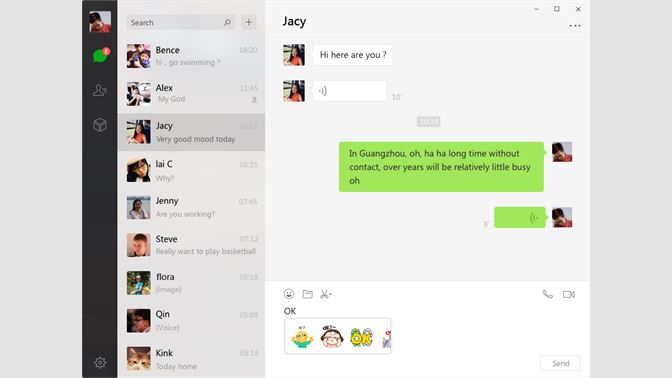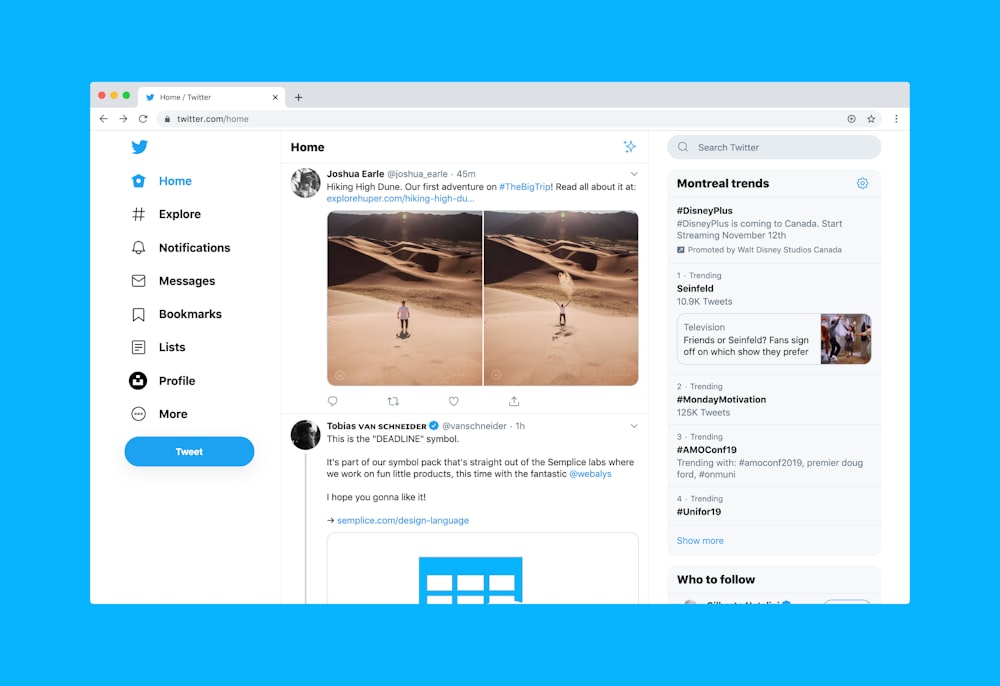A week ago, the release notes for Wave 1 2020 come out, covering both Dynamics 365 ( https://docs.microsoft.com/en-gb/dynamics365-release-plan/2020wave1/) and the Power Platform ( https://docs.microsoft.com/en-gb/power-platform-release-plan/2020wave1/). Well, people have been VERY eagerly waiting for these, and my news feeds started to blow up with people commenting on the new features that are coming out.
I’ve been very carefully reading through them to see what’s applicable for Omnichannel, as well as researching other sources. The great news is that there’s some really cool stuff that’s going to be released within this (or before!) for Omnichannel – to date we’ve had a good start as a baseline for the product, and this is going to enhance it further (obviously there are going to be continual developments, and it’s really reassuring to see the effort that Microsoft are putting in to this to get it right).
Incidentally, this is how Microsoft actually talk about Omnichannel within the release notes:
“A true omnichannel experience in the product will preserve context and provide a continuous experience as customers seamlessly switch across self-service, peer-to-peer service, and assisted-service channels. An empowered agent experience will provide an application experience that is unified across channels and line-of-business (LOB) applications, is contextual to the engagement, and comes with productivity tools to resolve issues faster“
So, without further ado, here we go! (I’m including the dates that are applicable to each item for reference)
Digital messaging support for Microsoft Teams
Public Preview – April 2020. No current date for GA release
Companies that are already using Teams for communications will be able to use it for internal support delivery, thereby reducing the number the tools that the business needs to manage. This will allow employees to raise items internally through Teams, which will feed through to teams using Omnichannel for internal company purposes.
- The Teams channel will be able to be configured through the Omnichannel Administration Hub
- Employees can get support using Teams
- Agents (the internal support team/s) will be able to use the Omnichannel for Customer Service Hub to answer and serve the employees
- Reports can be run on these interactions to help enable the support centre/s to be run effectively and efficiently.
Digital messaging support for Whatsapp (Twilio)

Public Preview – April 2020. No current date for GA release
The communication methods will expand to include the ability to have communications through WhatsApp Messenger. This is a widely used mobile app throughout the world, and people will be able to use it to contact companies directly
- The WhatsApp channel will be able to be added & configured in the Omnichannel Administration Hub
- Support agents will access and serve customers through the Omnichannel for Customer Service Hub
Digital messaging support for LINE

GA – April 2020
Businesses will be able to add a communication channel for LINE communications (see https://en.wikipedia.org/wiki/Line_(software) for further information about LINE).
- The LINE channel will be able to be added & configured in the Omnichannel Administration Hub
- Support agents will access and serve customers through the Omnichannel for Customer Service Hub
Digital messaging support for SMS (Twilio)

GA – April 2020
Currently Omnichannel support SMS through Telesign. Wave 1 will include additional capabilities to access SMS through Twilio. Customers will require a Telio SMS subscription to leverage this.
- The SMS channel will be able to be added & configured in the Omnichannel Administration Hub, using Twilio as a provider
- Support agents will access and serve customers through the Omnichannel for Customer Service Hub
Digital messaging support for WeChat

GA – April 2020
Any company that has business in China will be aware of WeChat. It’s similar to WhatsApp Messenger, through with admittedly greater capabilities (people can pay for goods using WeChat, transfer money, and carry out a variety of other tasks).
This release will add native WeChat capabilities for Omnichannel, which will be of major benefit to companies that have Chinese clients.
- The WeChat channel will be able to be added & configured in the Omnichannel Administration Hub
- Support agents will access and serve customers through the Omnichannel for Customer Service Hub
Digital messaging support for Twitter

GA – April 2020
Wave 1 will allow customers to engage with companies through Twitter, using Twitter Direct Message (DM’s). The end-user experience will be directly through Twitter, whilst the agent experience will be using Omnichannel
- The Twitter Direct Message channel will be able to be added & configured in the Omnichannel Administration Hub
- Support agents will access and serve customers through the Omnichannel for Customer Service Hub
Raise live chat conversations to a voice/video call

GA – April 2020
Expanded channel choices will allow customers to raise a conversation from the live chat experience to a voice/video call. This in turn will allow queries to be expedited and resolved in less time, as well as allowing agents to better understand what the customer is trying to achieve, and creating a more personal interaction with the customer.
- Chats will be able to be configured in the Omnichannel Administration Hub to enable the elevation of the chat to voice and/or video
- Agents will be able to elevate a text chat to a voice and/or video conversation during a support session
- Common audio & video controls to be available for agents (eg camera on/off, mute/unmute)
Co-browse capabilities through 3rd party providers
Public Preview – January 2020. GA – April 2020
One of the most frustrating things about providing support to someone is that occasionally you wish you could actually see their screen, just to understand what the customer is actually doing! Well, this is coming to Omnichannel!
Agents can better help customers when customers can show agents what’s happening on their device. In this release, API & related artifacts are being provided that will allow partners to integrate existing 3rd party co-browse solutions. There are already several partners working together with Microsoft to get this out there, and I’m sure that there will be more over time.
Remote assistance capabilities through 3rd party providers
Public Preview – January 2020. GA – April 2020
Following on from the item about regarding co-browsing, the next logical step is to be able to have a support agent accessing a device to address an issue, rather than trying to walk the customer through what could be some quite technical steps.
In this release, API & related artifacts are being provided that will allow partners to integrate existing 3rd party co-browse solutions. There are already several partners working together with Microsoft to integrate their products with Omnichannel
All in all, I’d say that the above capabilities that will be coming to Omnichannel are really encouraging, and I can’t wait to play (and talk through) them! I’m also starting to wonder what goodies will be dropping for Wave 2!
One thought on “Omnichannel – Wave 1 2020”